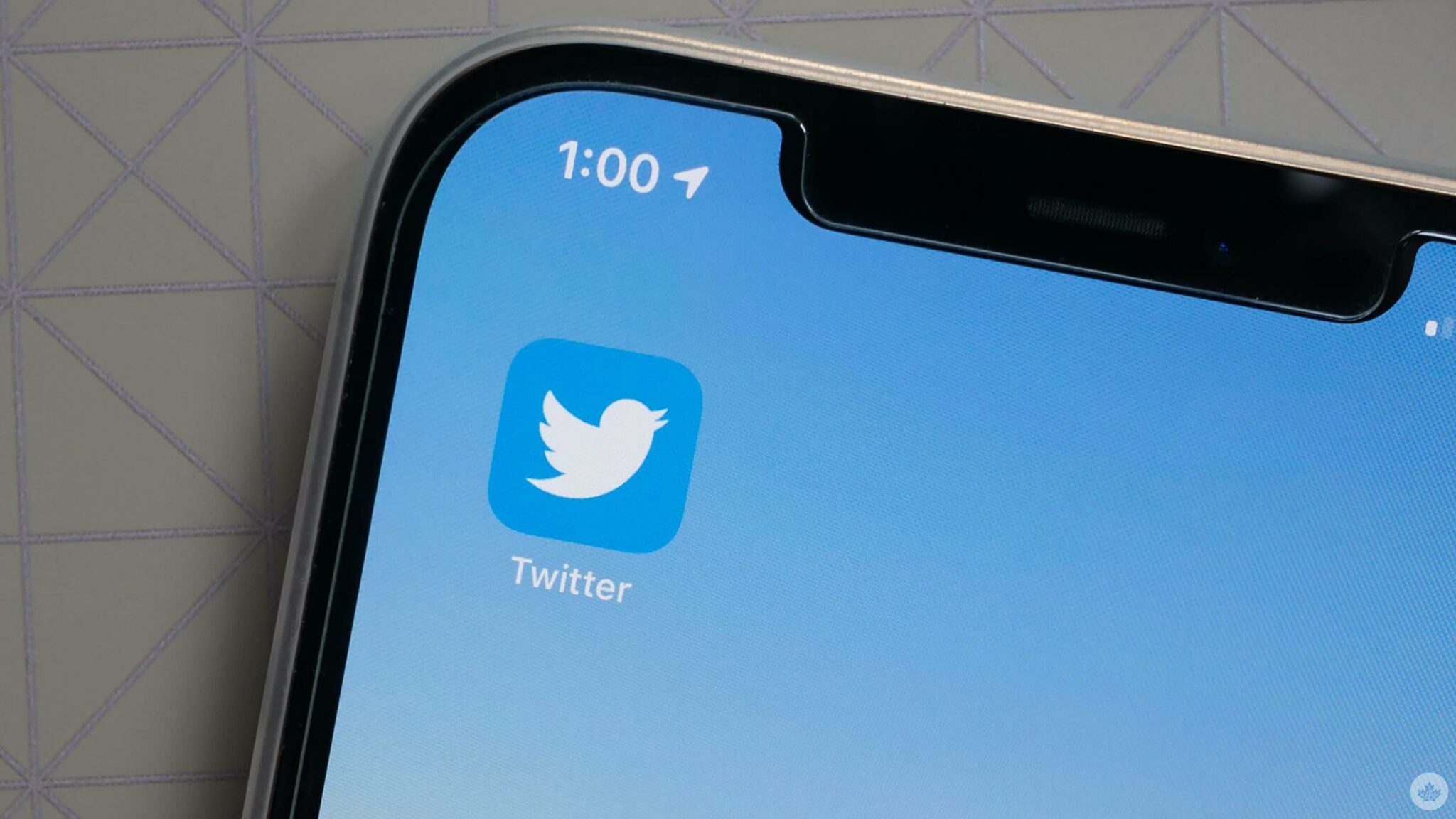Twitter CEO Elon Musk has partially walked back plans to charge for access to Twitter’s API, although as always the details remain unclear.
In a series of tweets on February 2nd, Musk claimed Twitter’s free API was being “abused badly right now by bot scammers & opinion manipulators,” and suggested charging around $100 USD (about $134 CAD) per month and performing ID verification would “clean things up greatly.”
The following day, Musk tweeted about potentially giving verified (read: Blue ‘Verified’ users, not legacy verified) users access to the API, and then on February 4th came back to the ongoing thread to say: “Responding to feedback, Twitter will enable a light, write-only API for bots providing good content that is free.”
Responding to feedback, Twitter will enable a light, write-only API for bots providing good content that is free
— Elon Musk (@elonmusk) February 5, 2023
While the backtrack will be good for some, details remain sparse. Case in point: what constitutes “providing good content?” Will Musk have final say in which bots get free API access and which have to pay? Will it apply to future bots, or just the ones that currently exist? These and other questions will need to wait until we see an official announcement from Twitter since, for now, Musk’s tweets fail to offer pertinent details.
This all comes after Twitter announced plans to remove free access to its API on February 9th and instead charge for access. The plan was met with frustration from developers and researchers who rely on the free API, particularly those who used it to build helpful tools available for free to users.
Several developers announced plans to shutter these bots ahead of the February 9th deadline, but this change could save some of the tools, assuming they meet Musk’s “good content” requirement and the light API is sufficient for what the bots need to work.
It will be interesting to see how this all plays out and whether Twitter’s push to get developers to pay for API access will help Musk escape the mountain of debt tied to him and his new social media company.










